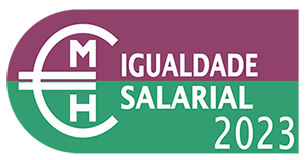

Researcher
Ph.D in Pharmaceutical and Medicinal Chemistry, M.Sc. in Quality Control of Plant and Drug Substances, and B.Sc. in Pharmaceutical Sciences from Faculty of Pharmacy of University of Porto (FFUP).
Assistant Professor of Organic and Medicinal Chemistry at FFUP and Integrated Research Member of CIIMAR since 2014. Mentor of the Young Ambassadors of the European Marine Board. Member of the Editorial Board of the Marine Drugs.
Research focuses on sustainable synthesis of marine-inspired non-toxic antifouling agents to overcome environmental problems associated with biocides and difficulties in large production of marine natural products:
-funding as Principal Investigator with CIIMAR as proponent: PTDC/CTA-AMB/0853/2021 (€ 244.397,50) and PTDC/AAG-TEC/0739/2014 (€ 161.852,00);
-international patent applications published as Responsible Inventor: WO/2023/053059 (06/04/2023), United States patent US2021395264 AA (23/12/2021), European patent EP3897150 A1 (27/10/2021), Chinese patent CN113226035 A (06/08/2021), WO20128674 A1 (25/06/2020) and as co-Inventor: PCT/IB2022/062027 (11/12/2022);
-innovation awards: BIPacceleration 2022, BIPproof 2022, UITransfer 2023.









